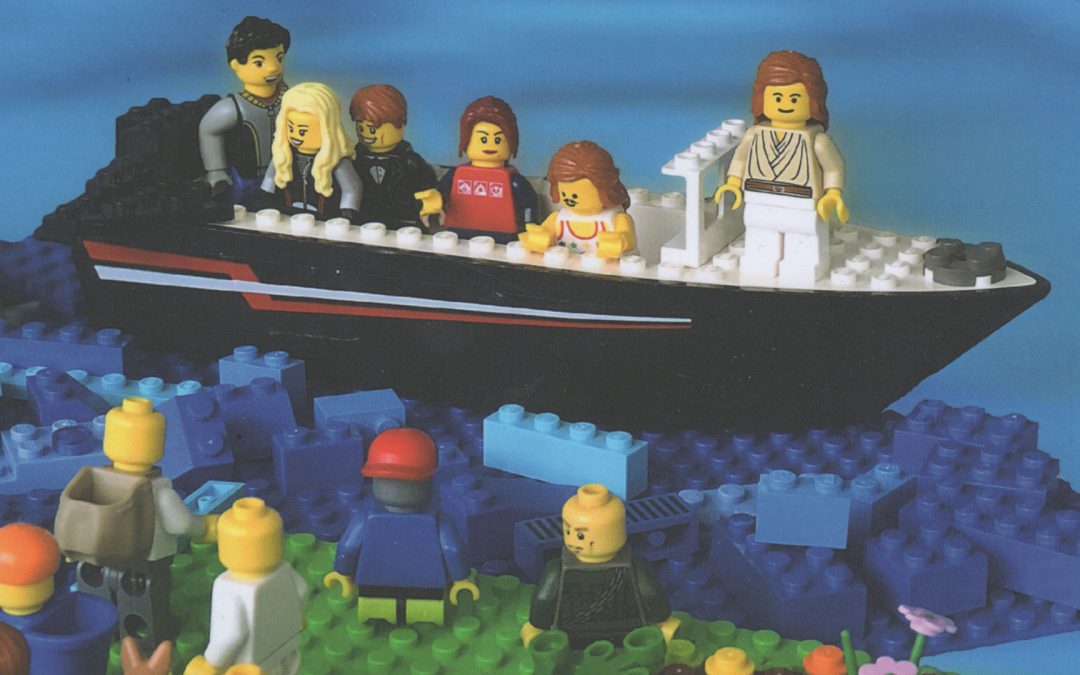 Over a decade ago, Emily Slichter Given began experimenting with Lego to explore Bible stories with children. As former Director of Children and Family Ministry in an Episcopal church in the US, Emily developed these programs developed several years. They are presented in two books titled “Building Faith Brick by Brick” and “Building Faith Brick by Brick II” (Church Publishing Inc, NY. 2014 and 2018.) Emily began with Lego trying to engage with boys, and easily recognised their broader appeal and value across genders and ages.
Over a decade ago, Emily Slichter Given began experimenting with Lego to explore Bible stories with children. As former Director of Children and Family Ministry in an Episcopal church in the US, Emily developed these programs developed several years. They are presented in two books titled “Building Faith Brick by Brick” and “Building Faith Brick by Brick II” (Church Publishing Inc, NY. 2014 and 2018.) Emily began with Lego trying to engage with boys, and easily recognised their broader appeal and value across genders and ages.
Book 1 begins with a thoughtful introduction about learning, wondering, and story-telling, as well as some real-life examples of building faith with bricks. Her notes about children and the Bible are wise and straightforward.
The approach is influenced by Jerome Berryman and his Godly Play method. The focus of each session is on telling a Bible story, offering a series of “I wonder…” statements, and then inviting people (of any age who are present) to create a response to the story with Lego.
This sequence repeats within each session
- tell the story in an engaging way
- ask “building questions” (I wonder…)
- invite people to make a response to the story with bricks
- invite people to ‘show and tell’ their brick creations
Each session also includes an introduction, prayer, themed snack ideas (really) and some follow-up ideas.
 Volume 1 contains 29 stories from the Hebrew Scriptures and 21 stories from the New Testament. Volume 2 contains sessions for 23 parables.
Volume 1 contains 29 stories from the Hebrew Scriptures and 21 stories from the New Testament. Volume 2 contains sessions for 23 parables.
I’m grateful for a resource that put the focus on experiencing and exploring the biblical narrative, and doesn’t tell participants what they are supposed to make. As a template, the approach also leaves you free to add or adapt. The ‘wondering’ questions are one of the best parts of the book (even if they prompt you to write your own). This also leaves the Scriptural interpretation open to the hearer.
The biblical storytelling includes the storyteller using some Lego props that they create. I’m not sure whether using Lego to tell the story is necessary or even desirable as it immediately makes the story somewhat concrete. However I can see the value (as in Godly Play) of having some symbols for the telling.
I think that once you understand and have experienced the approach, you would be free to use it with other Bible stories. With this guide you won’t have to make up all the ideas yourself, and that’s a big bonus for many people.
You’re welcome to come and join the Brick Church Australia Facebook group which I host.
